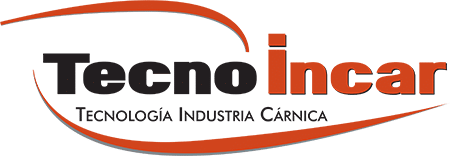Types of Conveyor Belts in the Meat Industry: Efficiency and Adaptability for Processing
In the meat industry, conveyor belts are essential tools to ensure efficiency and safety in transporting products throughout different stages of the production process. These belts not only improve workflow but also help optimize time, reduce costs, and ensure hygiene and safety standards.
Below, we explore the most common types of conveyor belts used in the meat industry.
Flat belts are the simplest and most common in the meat industry. They consist of a continuous flat surface that transports products in a linear fashion. They are ideal for transporting meat and other meat products during cutting, packaging, or processing. Their simple design makes them an economical and easy-to-maintain option.
Advantages: Simplicity, ease of cleaning.
Common Uses: Meat cutting, handling of meat pieces during packaging processes.
Modular belts are made of interconnecting plastic modules that allow customization in terms of size, shape, and surface types. These belts are extremely versatile and easily adapt to various plant configurations. Furthermore, they allow for easy replacement of modules in case of wear, reducing downtime.
Advantages: Customization, flexibility, easy maintenance.
Common Uses: Meat cutting, packaging, and distribution processes.
Roller belts are ideal for transporting heavy or bulky products. In the meat industry, they are used to move large pieces of meat or heavy loads, facilitating transport along production lines. The rollers allow for smoother and more efficient movement of products without generating excessive friction.
Advantages: High load capacity, ideal for heavy products.
Common Uses: Transporting large pieces of meat or offal.
In meat processing facilities, it is often necessary to move products between different levels. Incline conveyor belts are designed for this type of vertical movement. They are essential for transporting meat or offal from one area to another, optimizing space and workflow in the plant.
Advantages: Efficient vertical movement, space optimization.
Common Uses: Lifting meat, offal, or meat products between different plant levels.
- Metal Mesh Conveyor Belts
Metal mesh belts are perfect for environments that require high temperatures, such as cooking or cooling processes. Their metallic structure allows them to withstand extreme conditions without losing effectiveness. They are especially useful for transporting meat through cooking chambers or in drying processes for meat products like sausages.
Advantages: High resistance to extreme temperatures, durability.
Common Uses: Cooking, drying, or curing meat products.
You can view some of our work on our YouTube channel.

